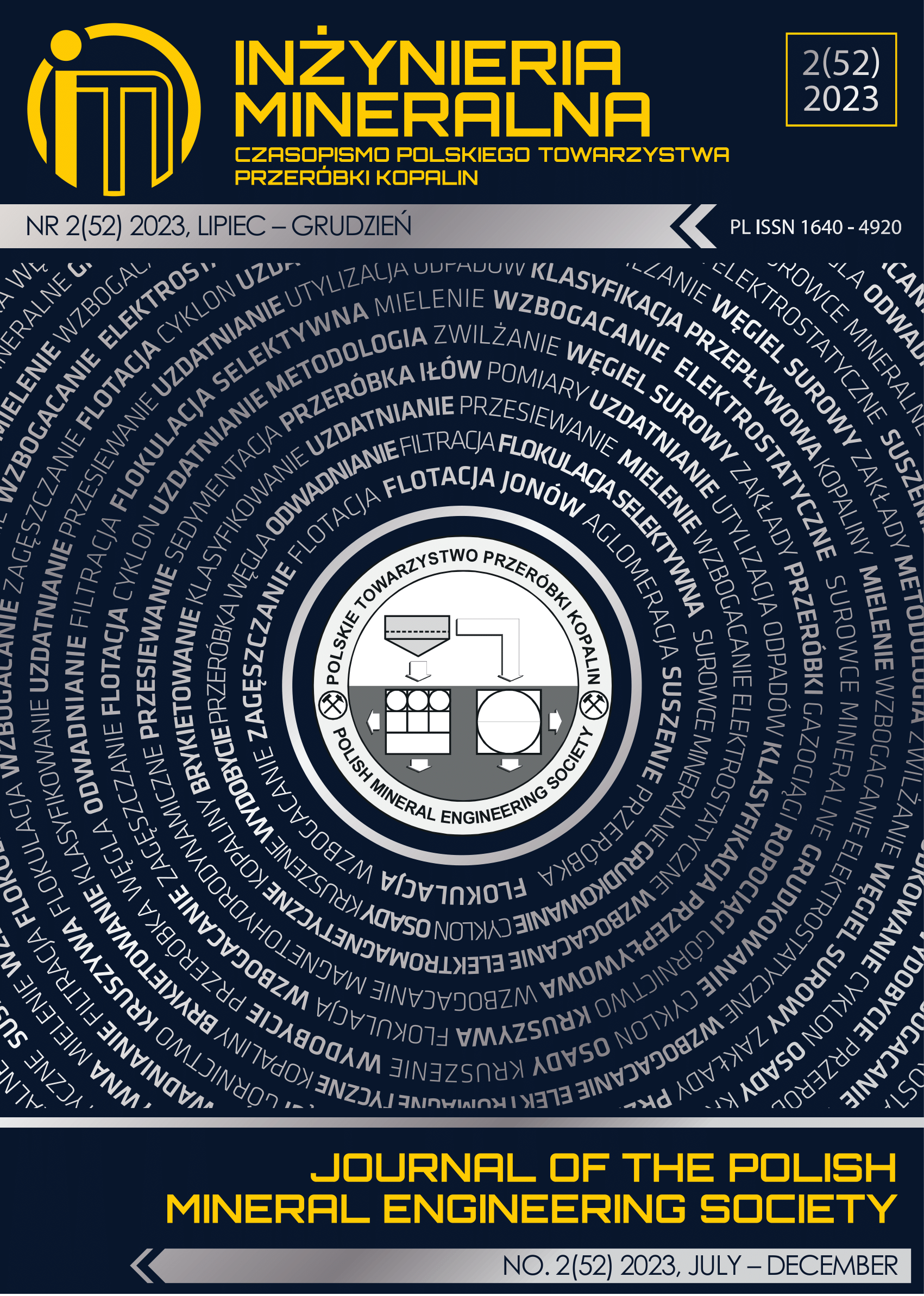Segmentation of Homogeneous Regions of Gravity Field Properties by Machine Learning Method in Central Area of Vietnam
Abstract
This paper presents the results of applying the unsupervised learning method (K-means clustering) on the gravity anomaly field in the
central region of Vietnam to separate the research area into different clusters, which are homologous in physical properties. In order to
achieve the optimal results, the input parameter plays an important role. In this paper, we chose 04 input attributes including the gravity
anomalous field attribute, the horizontal gradient attribute, the variance attribute, and the tracing coefficient of the gravity anomalous
axis. The obtained results have shown that the research area could be divided into 7 clusters, 9 clusters, 11 clusters, and 13 clusters with
close characteristics of the physical properties of the gravity field. The research results show that the Southwest, the Center, and the South
of the study area have complex changing physical properties, this result reflects the complicated tectonic activities in these areas with the
presence of crumpled and fractured rock layers in different directions and these locations are the potential places to form endogenous
mineral deposits of magma origin. The Northwest, the North, and the East parts of the research area witness negligible changes in the
field's physical properties, reflecting the stability of the soil and rock layers in this area, with the direction of extending structure from the
Northwest to the Southeast. The clustering results according to the K-means unsupervised learning algorithm in central Vietnam initially
increase the reliability of the decisions of geologists and geophysicists in interpreting the geological structure and evaluating the origin of
deep-hidden mineral deposits in the area.
Copyright (c) 2023 THI Phan Hong,Do MINH Phuong,Tran VAN Huu

This work is licensed under a Creative Commons Attribution-ShareAlike 4.0 International License.
This journal permits and encourages authors to post items submitted to the journal on personal websites or institutional repositories both prior to and after publication, while providing bibliographic details that credit, if applicable, its publication in this journal.







.png)
